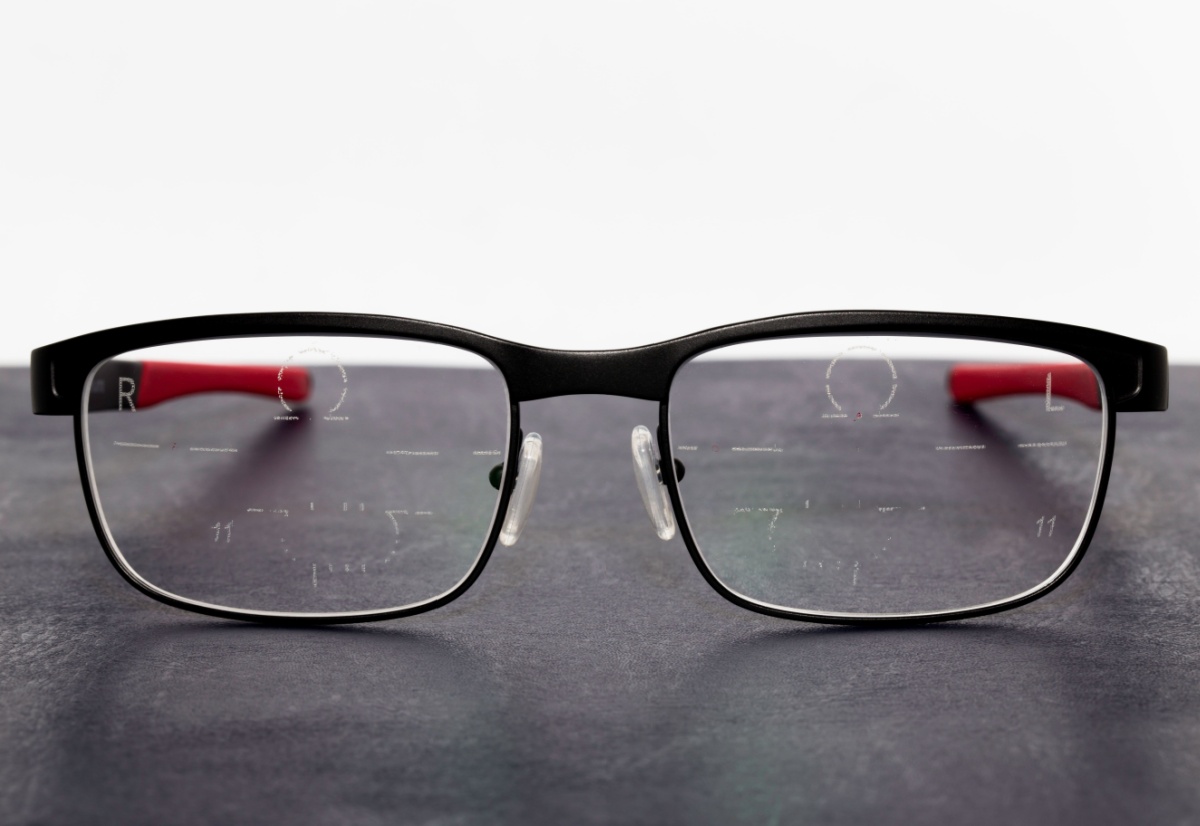What Is Macular Degeneration?
Macular degeneration (AMD) is a progressive disease that damages the macula, the small area at the center of the retina responsible for sharp, clear vision. As AMD progresses, people lose their ability to read, recognize faces, recognize colors, and see details clearly.
The Different Types of Macular Degeneration
There are two main forms of macular degeneration: dry and wet. Dry macular degeneration occurs when there is damage to the retinal pigment epithelium (RPE), the layer of cells between the choroid and the neural retina. Wet macular degeneration occurs as a result of abnormal blood vessel growth under the retina. Both forms of macular degeneration cause vision loss and blindness.
Macular Degeneration Treatment Options
If you have been diagnosed with macular degeneration, you will need to find treatment options that address both the dry and wet forms of the condition. In some cases, laser therapy can help slow down the progression of the disease. However, if you have advanced macular degeneration, then surgery might be necessary.
The Cause of Macular Degeneration
Macular degeneration occurs when the light-sensitive cells at the center of the retina (the part of the eye responsible for sight) begin to die off. This results in blurry vision, blind spots, and distorted images. There are two main forms of macular degeneration: dry and wet. Dry macular degeneration is caused by age-related changes in the macula. Wet macular degeneration is associated with certain diseases such as diabetic retinopathy, high blood pressure, and glaucoma.
The Symptoms of Macular Degeneration (MD)
MD usually affects older adults, although it can occur at any age. The first symptom of macular degeneration is often blurred central vision. As the disease progresses, people may notice difficulty reading, recognizing faces, driving, or doing other activities that require sharp vision.



